We all practice yoga because we want to do something good for ourselves – for the body, mind, and spirit. When we attend a class, or a retreat, we practice in the presence of a (hopefully) knowledgeable and well intentional teacher who can guide us in our practice and make sure that we get benefit from it in one way or another.
Classes, workshops and retreats are wonderful ways to learn about yoga and connect to a wider yoga community and hopefully after some time of attending, you gather enough knowledge and inspiration to start your self practice.
Many of the guests in my retreats say they would love to start practicing on their own, but they are afraid that they will do more harm then good because all the detailed yoga cues are so many they seem impossible to remember. If this above statement is what has been going through your mind, I have some good news for you: You don’t have to remember all of them. For start, it’s enough to understand some basic principles of alignment and you can be sure that your home practice won’t end up doing more harm than good.
Classes, workshops and retreats are wonderful ways to learn about yoga and connect to a wider yoga community and hopefully after some time of attending, you gather enough knowledge and inspiration to start your self practice.
Many of the guests in my retreats say they would love to start practicing on their own, but they are afraid that they will do more harm then good because all the detailed yoga cues are so many they seem impossible to remember. If this above statement is what has been going through your mind, I have some good news for you: You don’t have to remember all of them. For start, it’s enough to understand some basic principles of alignment and you can be sure that your home practice won’t end up doing more harm than good.
ALIGNMENT IN YOGA
While it’s not easy to talk about alignment to somebody whom you cannot see, I would still like you to have in mind some universal alignment principles which will ensure safe and beneficial practice for most of the bodies.
Follow them as suggestions, not as rules. Experiment with them and see which ones work well for you and which ones you wish to set aside.
When practicing alone, or in a class, you should never feel pain, especially around your joints: there is no such a thing as “good pain”.
On the other hand, don’t use the above suggestion as an excuse to become lazy. Put in some effort, work your muscles, but always try to stay within the balance of effort and ease.
I encourage you to always ask yourself these two questions:
While it’s not easy to talk about alignment to somebody whom you cannot see, I would still like you to have in mind some universal alignment principles which will ensure safe and beneficial practice for most of the bodies.
Follow them as suggestions, not as rules. Experiment with them and see which ones work well for you and which ones you wish to set aside.
When practicing alone, or in a class, you should never feel pain, especially around your joints: there is no such a thing as “good pain”.
On the other hand, don’t use the above suggestion as an excuse to become lazy. Put in some effort, work your muscles, but always try to stay within the balance of effort and ease.
I encourage you to always ask yourself these two questions:
- Can I breath comfortably into the belly?
- Do I feel spacious in my body? (as opposed to “crunched”)
FEET & ANKLES
In all of the standing yoga poses, your feet form your base. And if your base isn’t solid and supportive, the above structure will experience some instability. To make a strong and stable base, try doing these things:
3. Elongate your inner ankle and your outer ankle equally. This cue is very much connected to the activation of your arch, as an active arch will somewhat prevent the collapsing of the inner ankle. Still, consciously try to move your inner ankles upwards and towards the outer ankle at the same time. If just reading this doesn’t make any sense, try doing it – it will for sure be more clear.
In all of the standing yoga poses, your feet form your base. And if your base isn’t solid and supportive, the above structure will experience some instability. To make a strong and stable base, try doing these things:
- Actively press your feet into the floor, and try to distribute the pressure evenly between your inner and outer foot
- Keep your arches active. If you aren’t sure what this means, or how to accomplish this, try doing the following exercise:
3. Elongate your inner ankle and your outer ankle equally. This cue is very much connected to the activation of your arch, as an active arch will somewhat prevent the collapsing of the inner ankle. Still, consciously try to move your inner ankles upwards and towards the outer ankle at the same time. If just reading this doesn’t make any sense, try doing it – it will for sure be more clear.
KNEES
Building your pose from the ground up, let’s have a look at the knees:
HIPS
I will give a few cues which apply to standing poses, and particularly asymmetrical ones
Next time you step on your mat, try to remember these things and experiment with them in your practice. See if they help you feeling more space, more stability, and more integrity in your body. I’ll share more alignment tips for the upper body in the next blog post, so stay tuned.
I am looking forward to reading your thoughts, comments, and questions.
Building your pose from the ground up, let’s have a look at the knees:
- Don’t hyperextend your knees, especially in weight bearing positions. Always keep a micro bend in the knees and keep the back of your knees soft.
- Always try to have the center of your kneecap point in the same direction as the center of your foot. This cue is especially important to follow in the asymmetrical standing poses (warriors, triangle, lunges, etc.)
HIPS
I will give a few cues which apply to standing poses, and particularly asymmetrical ones
- Try to suck in your thigh bones deeper into your hip sockets, at the same time creating the feeling of your thigh muscles gripping around your bones
- Never hang in your hips (or any other joint), but always keep some engagement around the joints. This is especially relevant for lunge variations, where we sometimes feel that the closer the pelvis is to the floor the more benefit we get.
Next time you step on your mat, try to remember these things and experiment with them in your practice. See if they help you feeling more space, more stability, and more integrity in your body. I’ll share more alignment tips for the upper body in the next blog post, so stay tuned.
I am looking forward to reading your thoughts, comments, and questions.

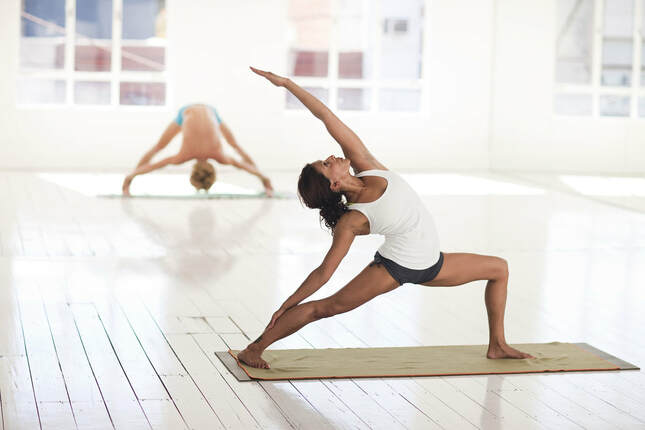
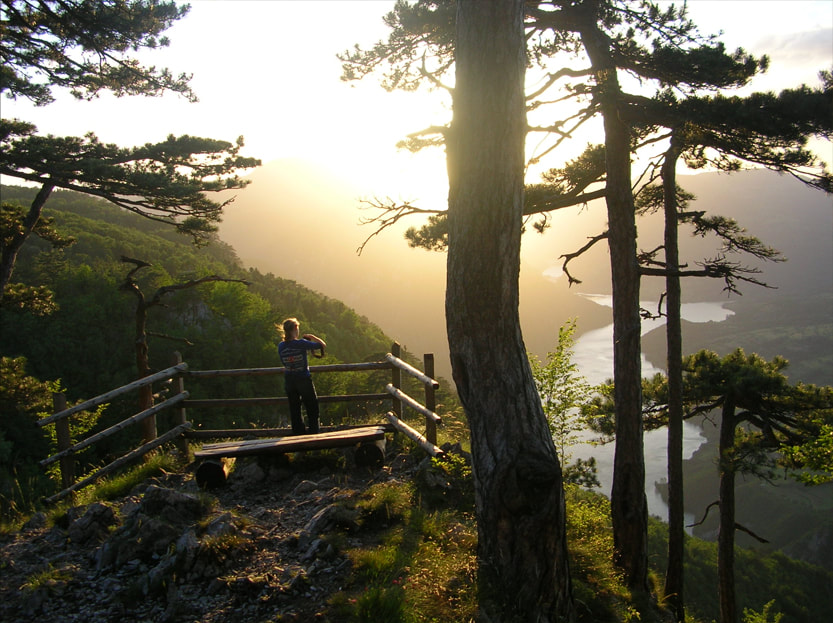
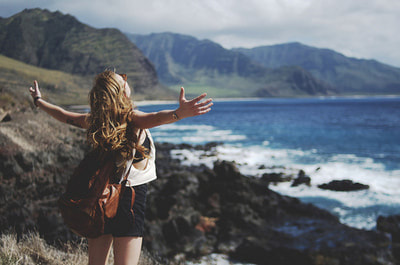
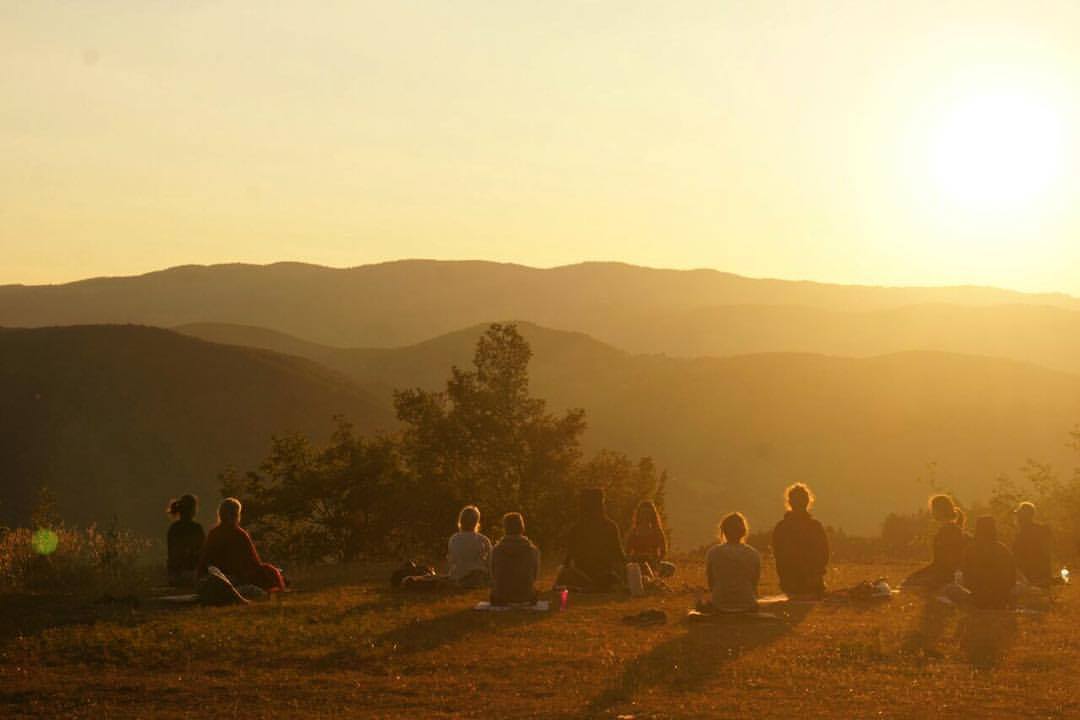
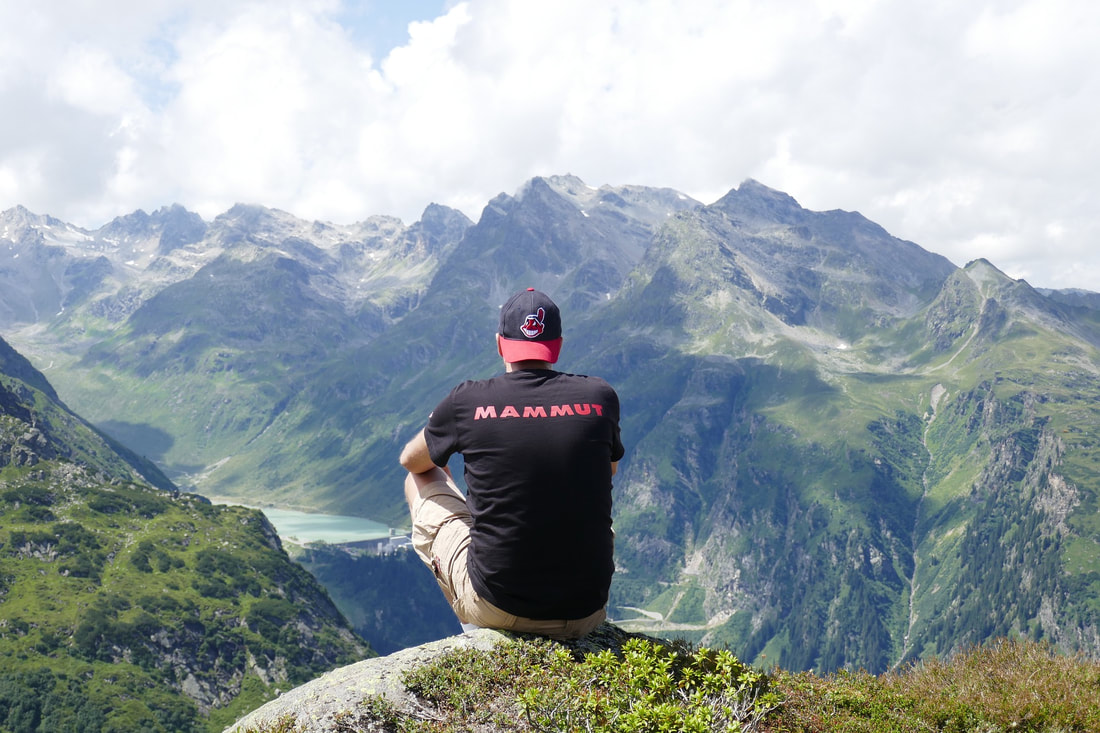
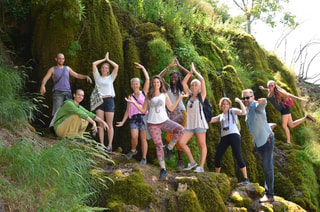
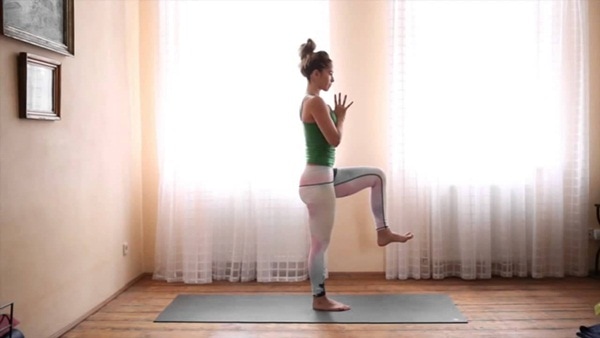
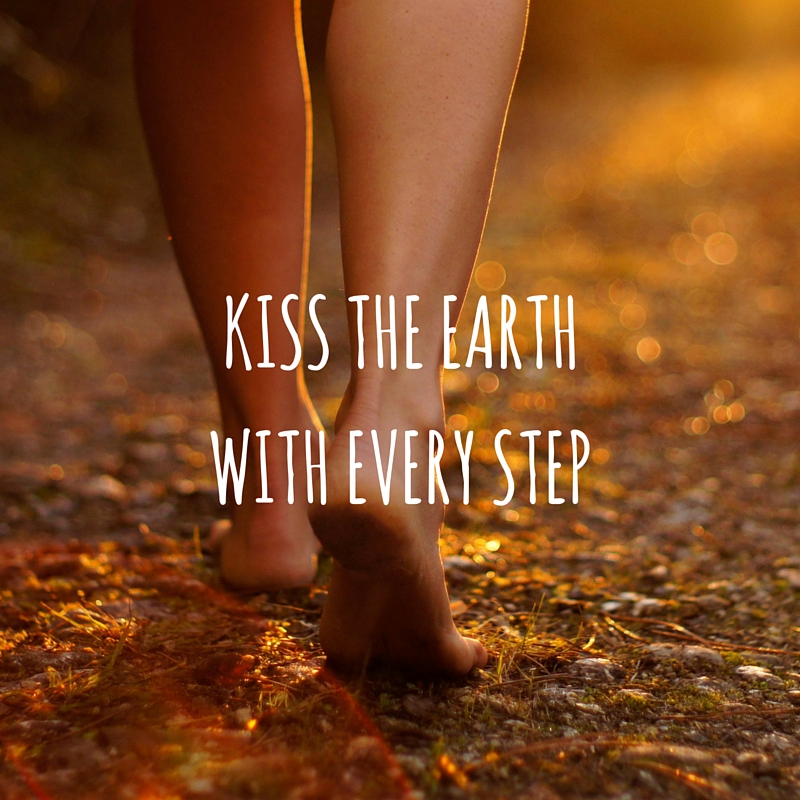
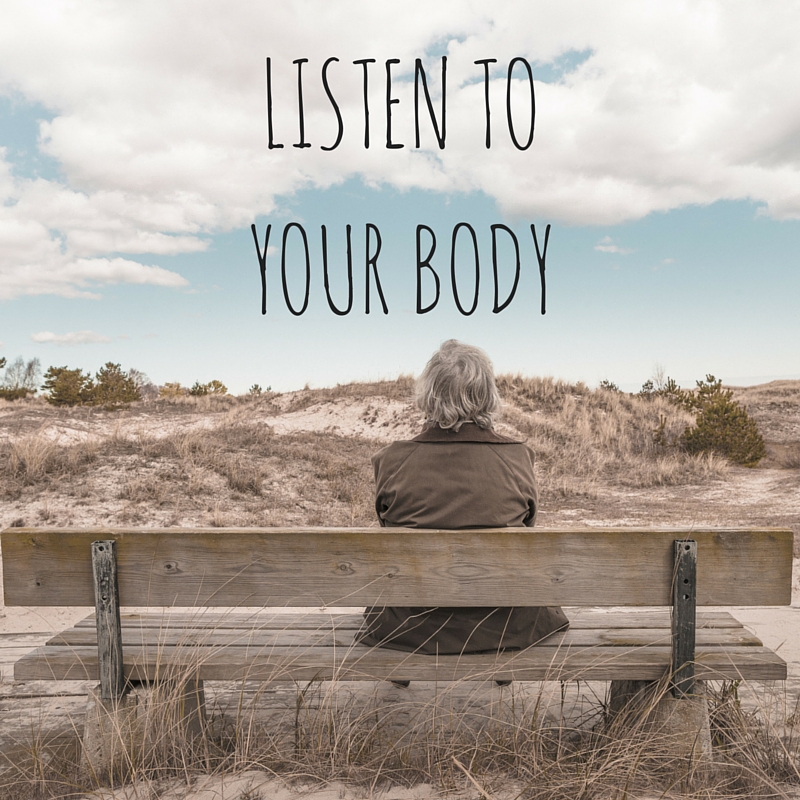
 RSS Feed
RSS Feed

